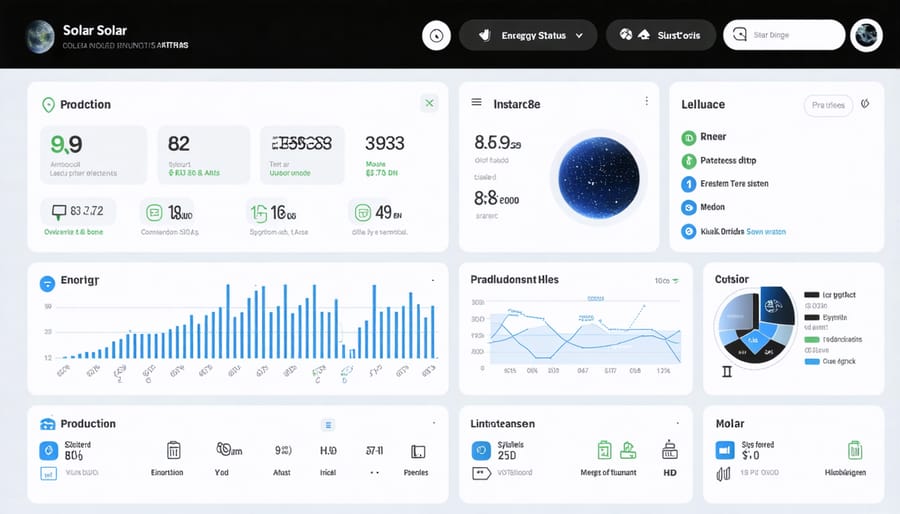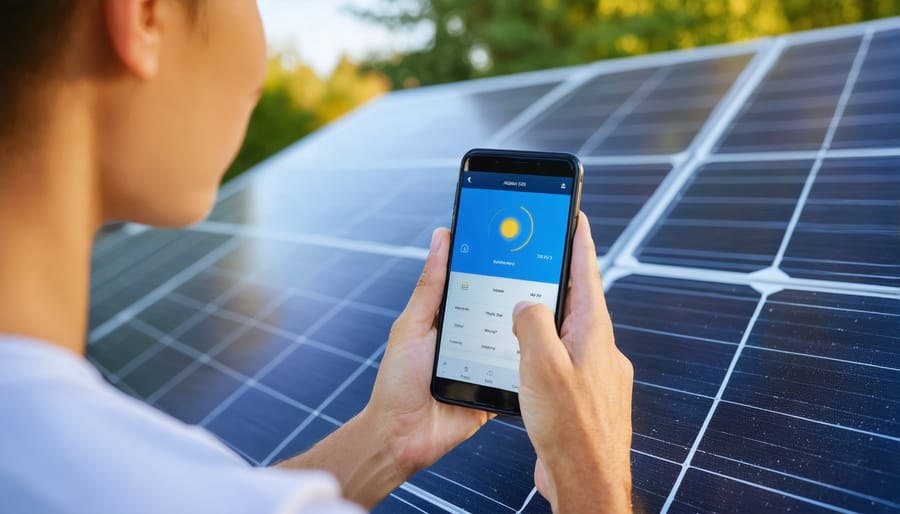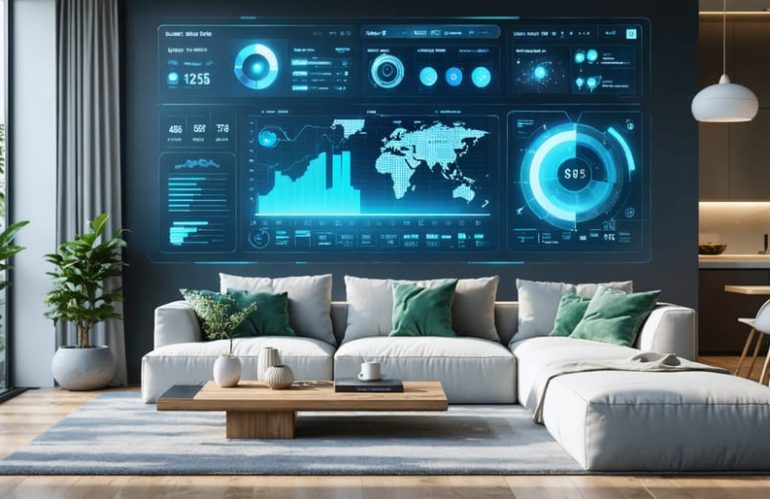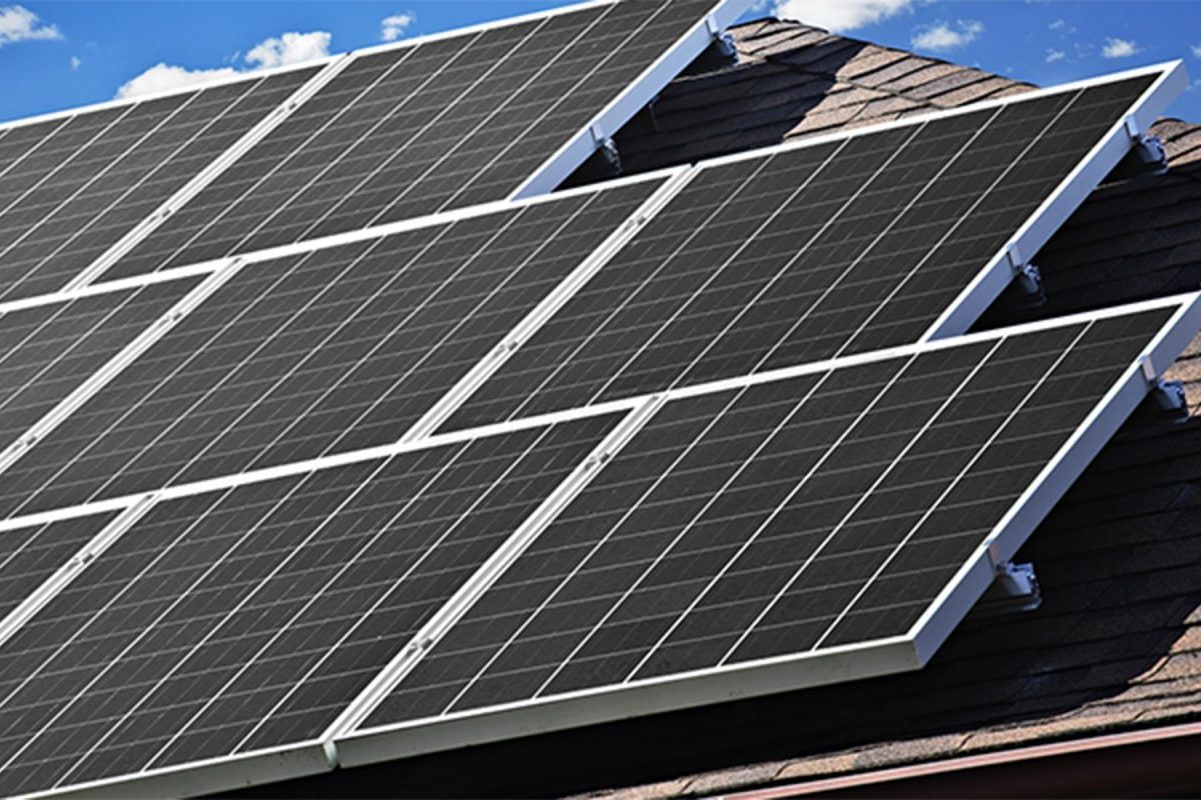Transform your solar experience with essential user interface design books that bridge the gap between complex residential solar systems and intuitive daily operation. Leading UI experts have distilled decades of research into practical guides that revolutionize how we interact with solar technology. From Don Norman’s “The Design of Everyday Things” to Steve Krug’s “Don’t Make Me Think,” these foundational works establish core principles for creating user-friendly solar monitoring interfaces.
Modern solar management demands interfaces that homeowners can navigate confidently, without technical expertise. Whether you’re monitoring energy production, adjusting settings, or optimizing performance, these carefully selected books provide the framework for understanding effective interface design. They reveal why certain layouts feel natural while others create frustration, and how to apply these insights to your solar system’s control panel.
By mastering the principles outlined in these essential reads, both system designers and homeowners can create more efficient, accessible, and enjoyable solar experiences. These books transform complex technical concepts into practical solutions that benefit everyone involved in the solar energy journey.

Essential Books for Understanding Solar UI Design
User Experience Fundamentals
Understanding how users interact with solar monitoring systems is crucial for effective system design. Several foundational books stand out for their practical insights into creating user-friendly interfaces. “Don’t Make Me Think” by Steve Krug remains a cornerstone text, offering timeless principles that apply perfectly to solar monitoring interfaces. It emphasizes simplicity and intuitive design, essential for homeowners managing their solar energy systems.
“The Design of Everyday Things” by Don Norman provides valuable perspectives on how people interact with technology. Its principles of visibility, feedback, and mapping are particularly relevant when designing interfaces for solar monitoring dashboards. For those seeking to understand user behavior patterns, “100 Things Every Designer Needs to Know About People” by Susan Weinschenk offers research-backed insights that can improve solar interface usability.
A more recent addition, “Laws of UX” by Jon Yablonski, explores psychological principles that influence how people interact with digital interfaces. These concepts are invaluable when creating user-friendly solar monitoring displays that homeowners can easily understand and navigate. Each of these books emphasizes the importance of putting user needs first, ensuring that even complex solar data can be presented in an accessible, engaging way.
Solar-Specific Interface Design
Several specialized books focus on the unique challenges of designing interfaces for solar system monitoring and control. “Solar Interface Design: A User-Centric Approach” by Sarah Chen stands out for its comprehensive coverage of solar monitoring dashboards, offering practical guidelines for creating intuitive displays that help homeowners track their energy production and consumption.
“The Solar UI Handbook” by Marcus Rodriguez provides valuable insights into designing mobile apps for solar system management, emphasizing the importance of real-time data visualization and alert systems that anyone can understand. The book includes case studies of successful solar monitoring interfaces and explains why certain design choices work better than others for residential users.
For those interested in more technical aspects, “Digital Solar: Interface Design for Renewable Energy Systems” explores the balance between displaying complex data and maintaining user-friendly controls. It offers practical solutions for common challenges like presenting weather-related production variations and system maintenance notifications in ways that don’t overwhelm users.
These books share a common theme of making solar technology more accessible through thoughtful interface design. They emphasize the importance of clear, actionable information displays that help homeowners maximize their solar investment while minimizing the learning curve associated with new technology.
Key Interface Design Principles for Solar Systems
Visual Data Presentation
Effective data visualization transforms complex energy information into easily digestible insights. The best user interface designs employ intuitive charts, graphs, and dashboards that help homeowners quickly understand their energy patterns. Real-time energy monitoring displays often use simple line graphs to show current consumption, while bar charts effectively compare daily or monthly production levels.
Color plays a crucial role in data presentation. Green typically indicates optimal performance or energy generation, while red highlights areas of concern or high consumption. This universal color coding helps users instantly grasp system status without requiring technical knowledge.
Interactive elements allow users to drill down into specific time periods or system components. For example, clicking on a particular solar panel in a system diagram can reveal its individual performance metrics. Heat maps effectively display energy usage patterns throughout the day, making it easy to identify peak production and consumption periods.
Mobile-friendly designs ensure that data remains accessible on smaller screens without sacrificing clarity. Many modern interfaces use responsive layouts that automatically adjust to different device sizes while maintaining data readability.
The most successful interfaces incorporate customizable widgets, allowing users to prioritize the information most relevant to their needs. Whether it’s daily production totals, cost savings, or environmental impact metrics, personalized dashboards help homeowners stay engaged with their energy systems while making informed decisions about their consumption habits.

Navigation and Control Simplification
Effective navigation and control systems are crucial for making solar technology accessible to all users, regardless of their technical expertise. Many user interface design books emphasize the importance of intuitive controls that allow homeowners to monitor and adjust their solar systems effortlessly. The best interface designs incorporate familiar patterns and visual cues that users already understand from everyday devices.
Key principles include using clear, descriptive labels for all controls, maintaining consistent placement of important functions, and providing immediate feedback for user actions. Books on this topic often highlight the value of progressive disclosure, where advanced features are tucked away but easily accessible when needed, preventing overwhelm for novice users while still accommodating power users.
Interface designers should focus on creating straightforward navigation paths that guide users naturally through common tasks like checking energy production, adjusting settings, or viewing system statistics. Visual hierarchies help prioritize information, ensuring that critical data and controls are immediately visible while secondary functions remain within reach but don’t clutter the main display.
Color coding, icons, and other visual aids can significantly enhance user understanding, but should be used purposefully and consistently. The goal is to create an interface that feels natural and responsive, allowing users to focus on managing their solar energy system rather than struggling with complicated controls.
Alert and Notification Design
Alert and notification design is a crucial aspect of user interface design that can make or break the user experience. The best UI design books emphasize the importance of creating notifications that are both informative and non-intrusive. When crafting alerts, designers must strike a delicate balance between conveying urgency and avoiding alarm fatigue.
Effective alert design follows a hierarchy of importance, using color coding and distinct visual elements to differentiate between critical warnings, general information, and success messages. Books on this topic often recommend using red for critical errors, yellow for warnings, and green for success notifications. This consistent color scheme helps users quickly understand the message’s significance without reading the full text.
Placement and timing of notifications are equally important considerations. Notifications should appear in predictable locations and remain visible long enough for users to process the information. Progressive disclosure techniques can help manage complex alerts by presenting initial summary information with the option to expand for more details.
The most successful UI books emphasize writing clear, actionable alert messages. They recommend using plain language, explaining what happened and what users need to do next. Avoiding technical jargon and providing specific next steps helps users resolve issues quickly and confidently.
Remember that the goal of any alert system is to inform and guide users, not to overwhelm or confuse them. The best designs incorporate user feedback mechanisms and provide ways to manage notification preferences, ensuring a personalized and effective communication system.
Practical Applications for Homeowners

Mobile App Integration
In today’s digital age, effective solar system mobile monitoring has become essential for homeowners managing their solar installations. Several groundbreaking books focus specifically on designing user-friendly mobile interfaces for solar energy systems, helping both developers and users make the most of their renewable energy setups.
“Mobile-First Solar Design” by Sarah Chen stands out as a comprehensive guide that bridges the gap between solar technology and user experience. The book explores intuitive layouts, real-time data visualization, and easy-to-understand energy consumption patterns that make solar monitoring accessible to everyone.
Another notable resource is “Solar Apps That Work” by Michael Rodriguez, which delves into the psychology of user interaction with solar monitoring systems. Rodriguez emphasizes the importance of simplified navigation, clear data presentation, and engaging features that encourage regular system checking and optimization.
For those interested in the technical aspects, “Solar UX Patterns” by Emma Thompson provides detailed insights into creating user interfaces that effectively display energy production, consumption, and savings. The book includes practical examples of successful solar monitoring apps and explains why certain design choices resonate with homeowners.
These books share common themes of prioritizing user engagement, ensuring clear data visualization, and maintaining simplicity in design. They emphasize the importance of creating interfaces that work seamlessly across different devices while providing meaningful insights into solar system performance.
The most successful mobile interfaces for solar monitoring combine aesthetic appeal with practical functionality, helping homeowners stay connected with their solar investment. Whether you’re a developer creating solar monitoring apps or a homeowner looking to better understand your system’s interface, these resources offer valuable insights into effective mobile integration.
Smart Home Integration
The convergence of solar energy and home automation systems has created an exciting opportunity for homeowners to maximize their energy efficiency. Several excellent books explore this integration, offering valuable insights into creating a truly smart and sustainable home. “Smart Solar: The Complete Guide to Integration” by Sarah Chen stands out for its comprehensive approach to connecting solar panels with smart home devices, including detailed instructions for popular platforms like Google Home and Amazon Alexa.
For those seeking practical implementation guides, “The Connected Solar Home” by Michael Roberts provides step-by-step tutorials on setting up automated energy management systems. This resource is particularly valuable for understanding how to optimize energy consumption based on solar production patterns and daily usage habits.
“Solar Automation for Beginners” by David Thompson demystifies the technical aspects of connecting solar monitoring systems with smart home hubs. The book includes real-world examples of successful integrations, troubleshooting tips, and recommendations for compatible devices.
Advanced users will appreciate “Programming Solar Smart Homes” by Lisa Martinez, which delves into creating custom automation scenarios. The book covers topics like setting up automatic load shifting, smart battery management, and creating personalized energy-saving routines.
These resources emphasize the importance of user-friendly interfaces in managing solar systems effectively. They provide practical solutions for common challenges, such as coordinating energy-intensive appliances with peak solar production times and managing backup power systems during grid outages. By following these guides, homeowners can create an intelligent energy ecosystem that maximizes their solar investment while maintaining comfortable living conditions.
Understanding solar system interfaces doesn’t have to be complicated, and the books we’ve explored provide valuable insights for homeowners looking to maximize their renewable energy investment. These carefully selected resources offer practical guidance for managing your solar setup effectively, from basic monitoring to advanced optimization techniques.
Whether you’re new to solar energy or looking to enhance your existing system’s performance, these user interface guides can help you navigate the technology with confidence. The key takeaway is that modern solar interfaces are becoming increasingly user-friendly, designed with homeowners in mind rather than just technical experts.
Remember that investing time in learning your system’s interface can lead to significant benefits: better energy management, increased savings, and a deeper understanding of your home’s renewable energy production. Many of these books include practical exercises and real-world examples that you can apply directly to your solar setup.
We encourage you to start with the foundational texts that match your current knowledge level and gradually work your way through more advanced concepts. Consider keeping these books as reference materials – they’ll prove invaluable as you become more comfortable with your solar system’s interface and seek to optimize its performance.
By mastering your solar system’s user interface, you’re not just improving your interaction with the technology – you’re taking an active role in managing your home’s sustainable energy future.





